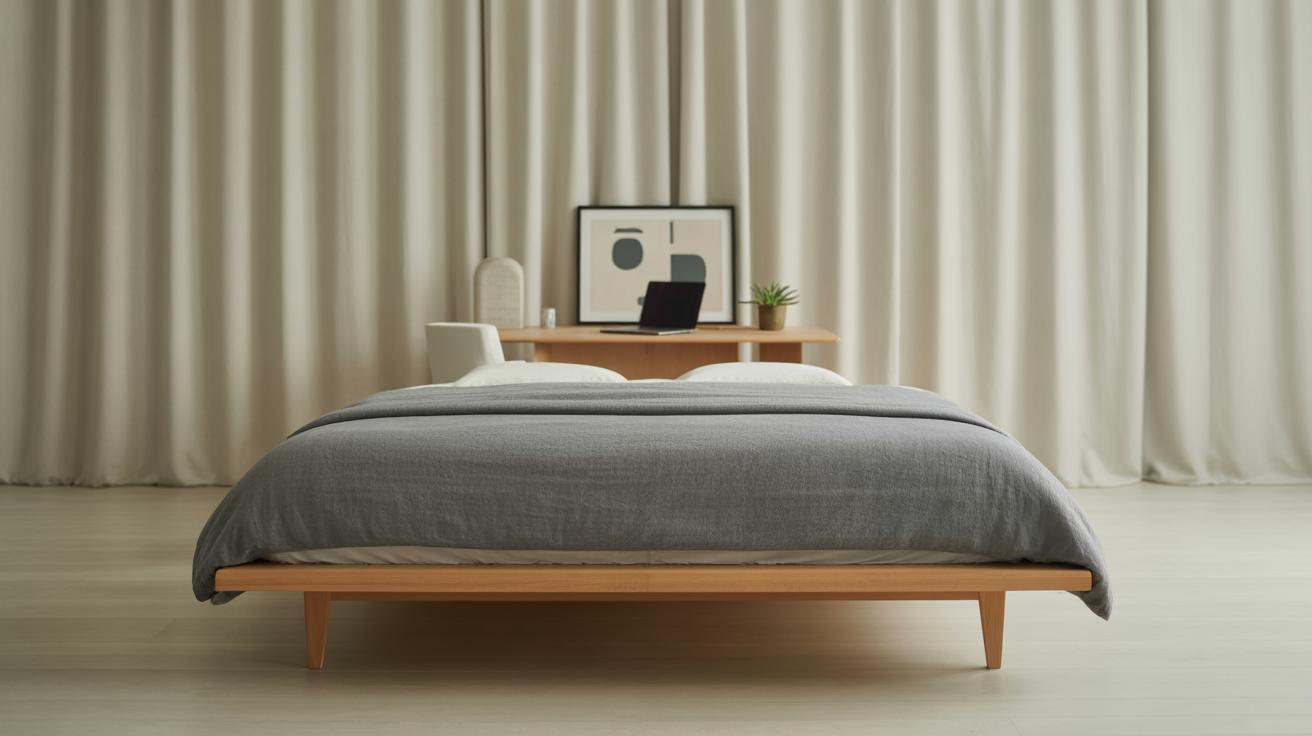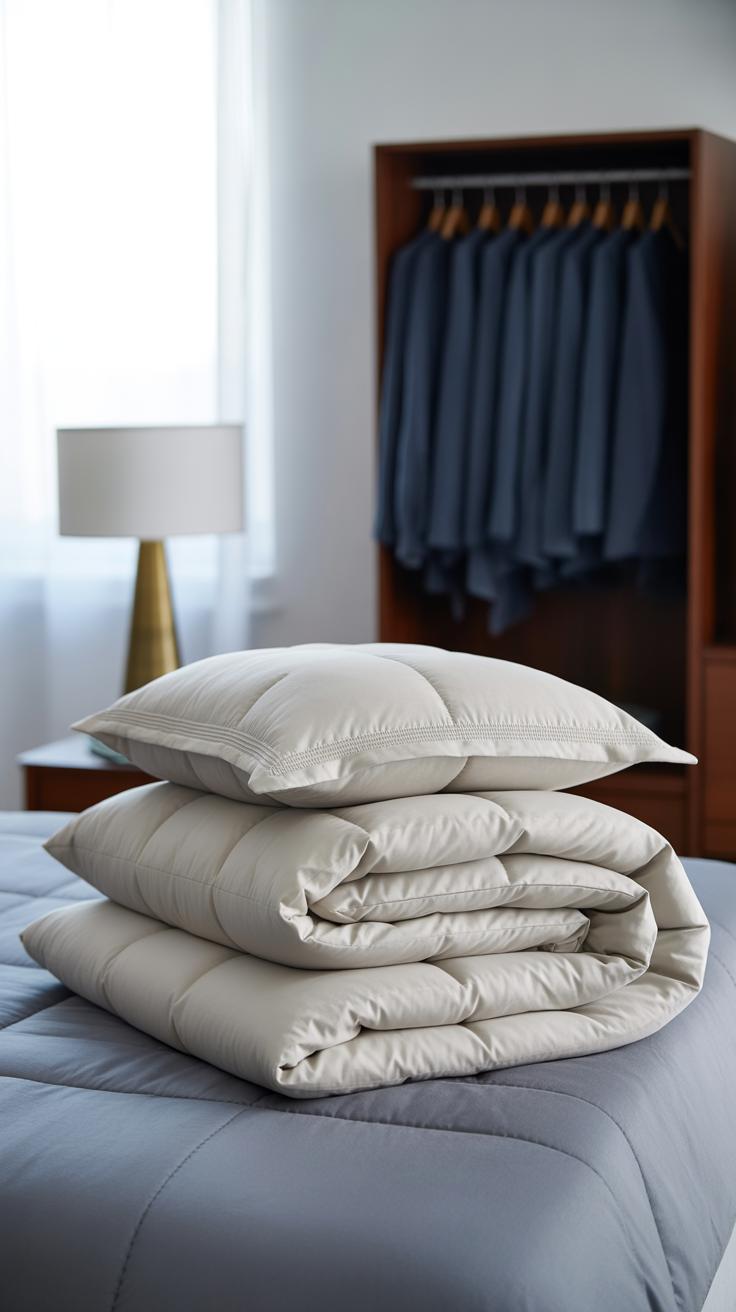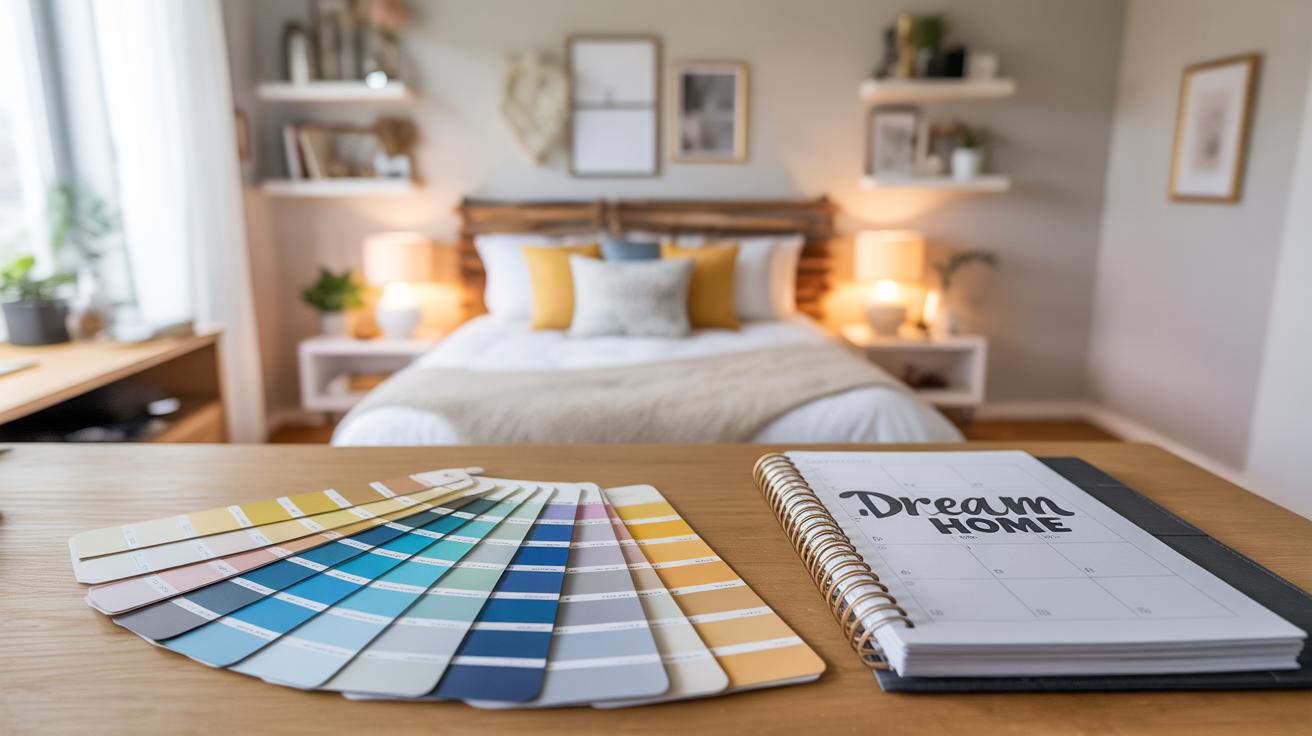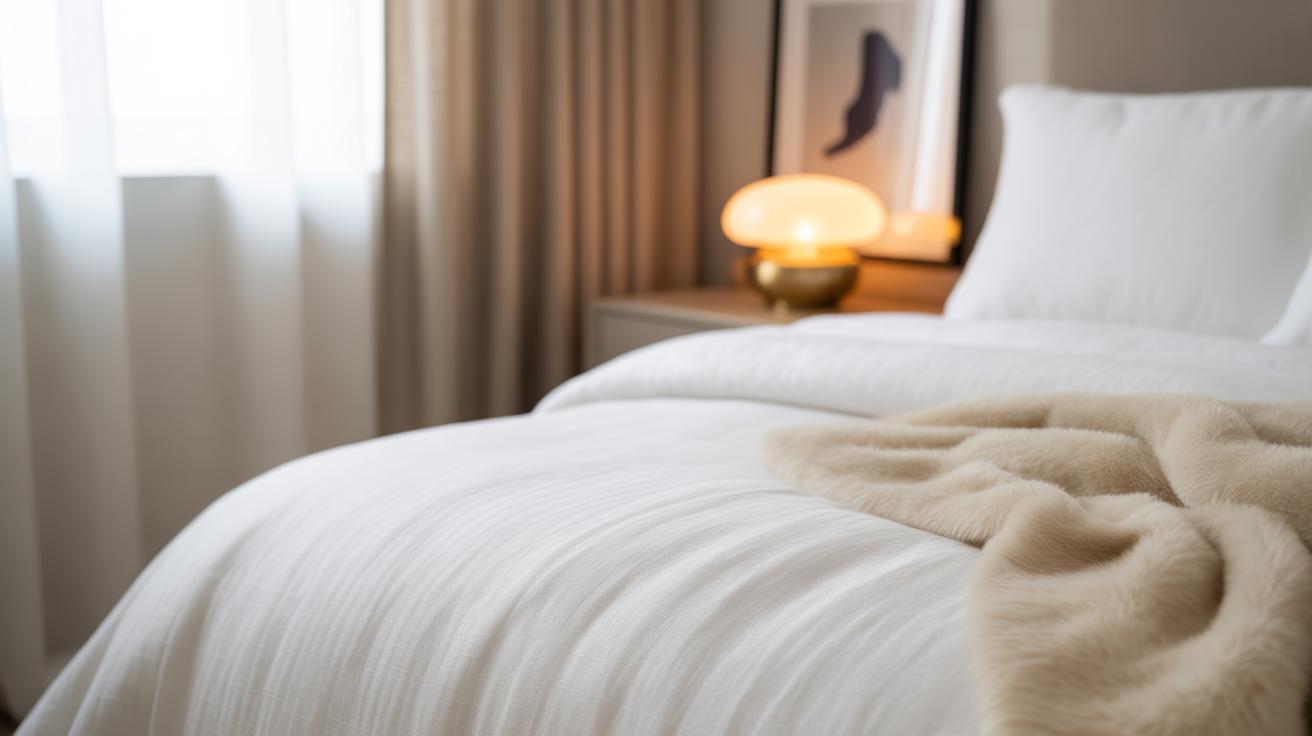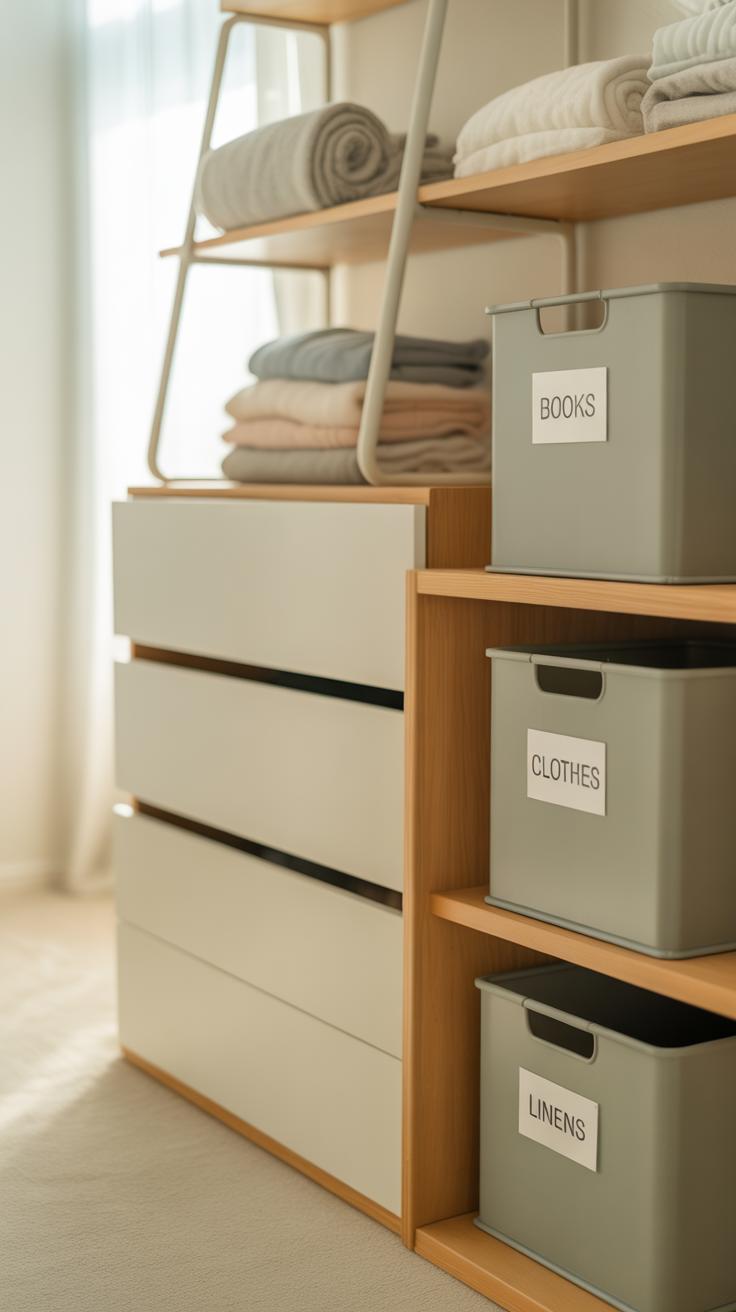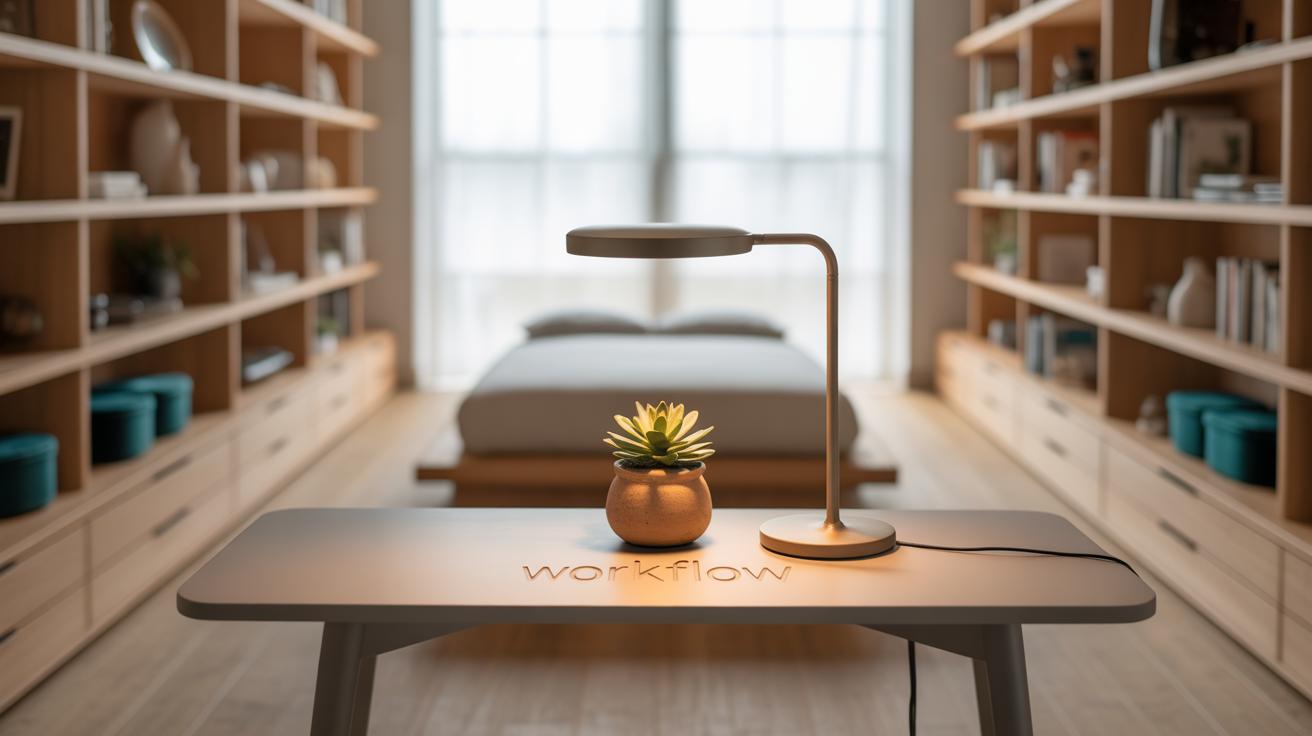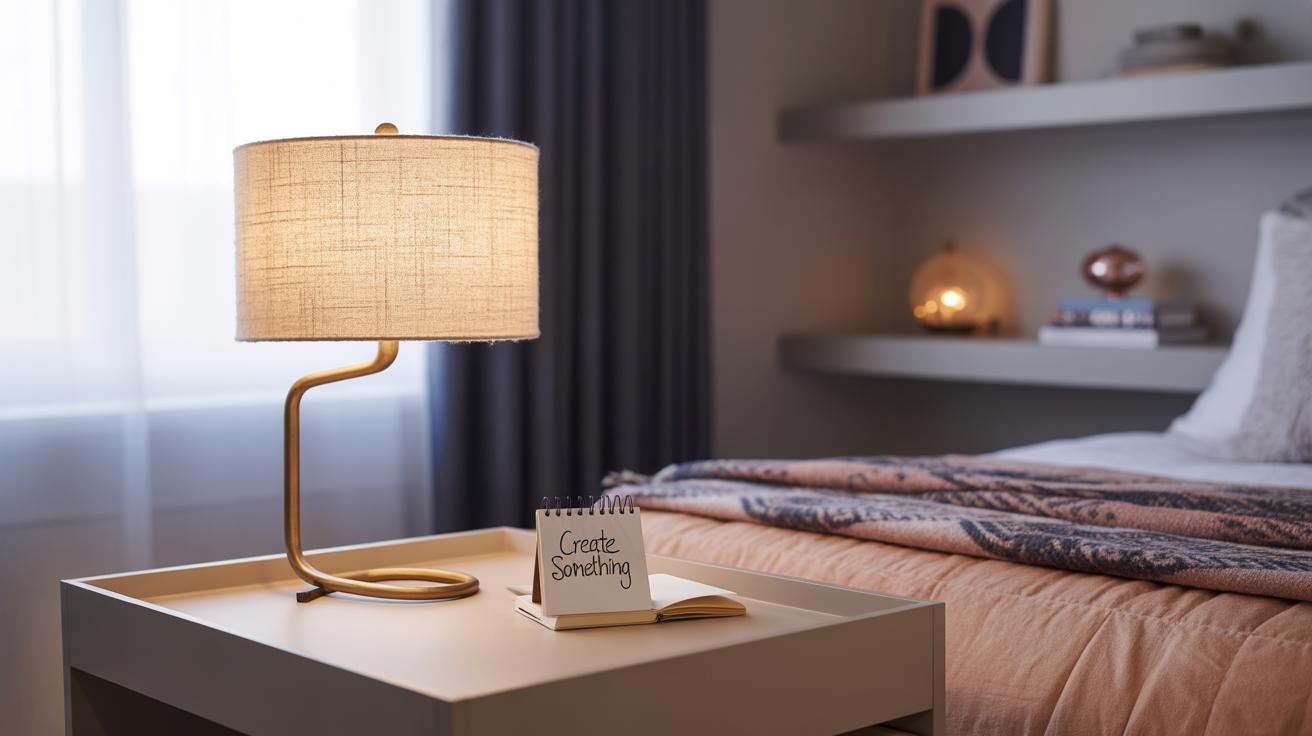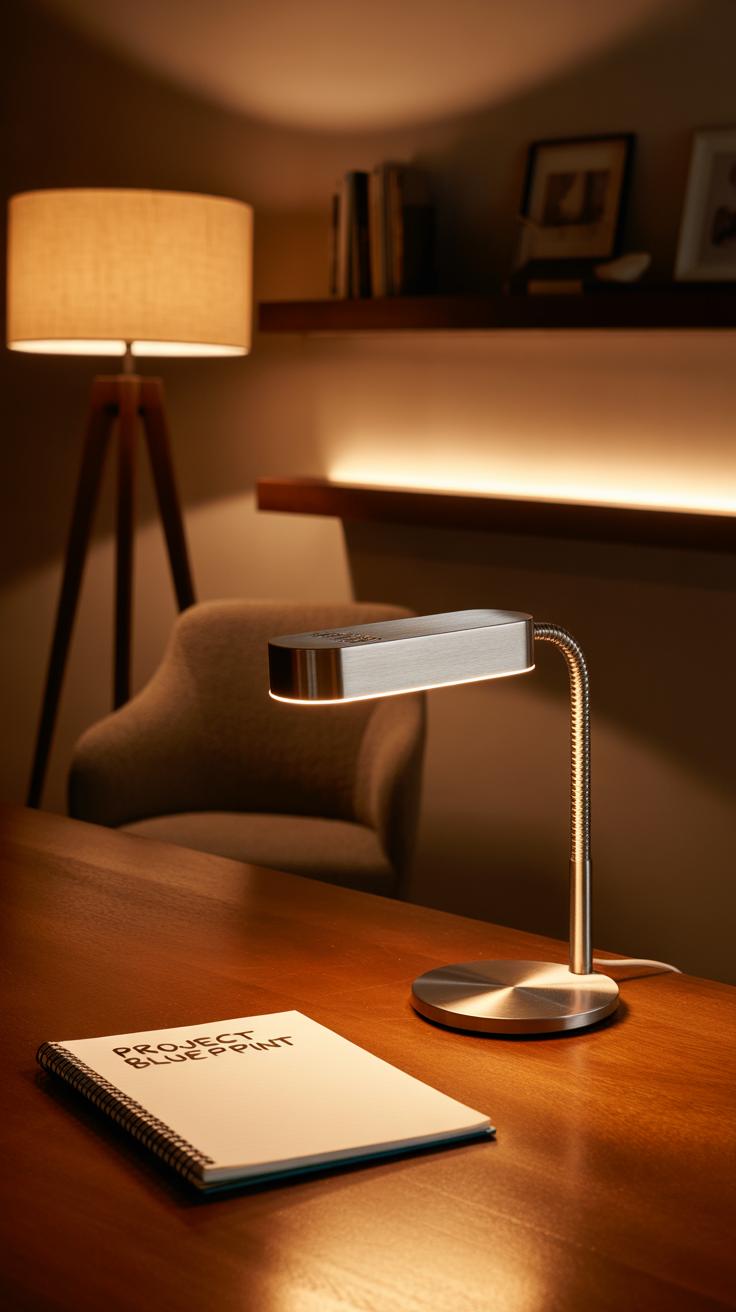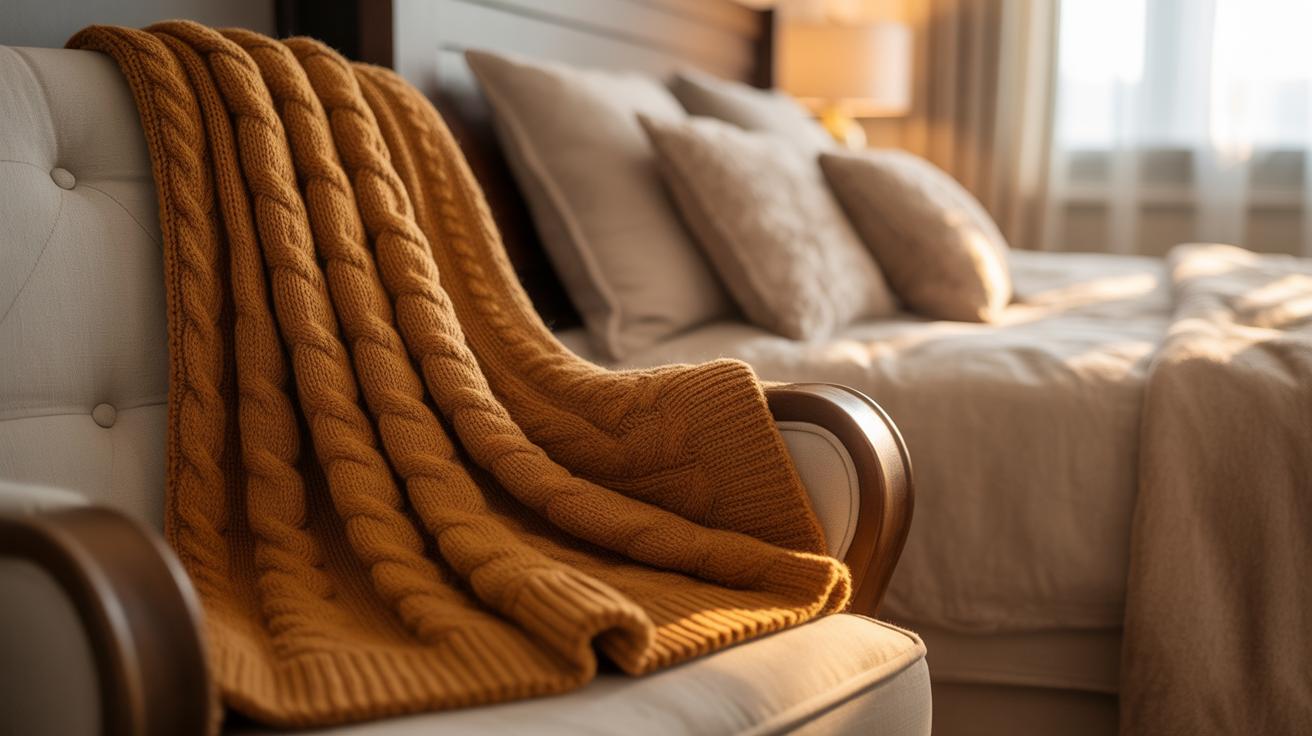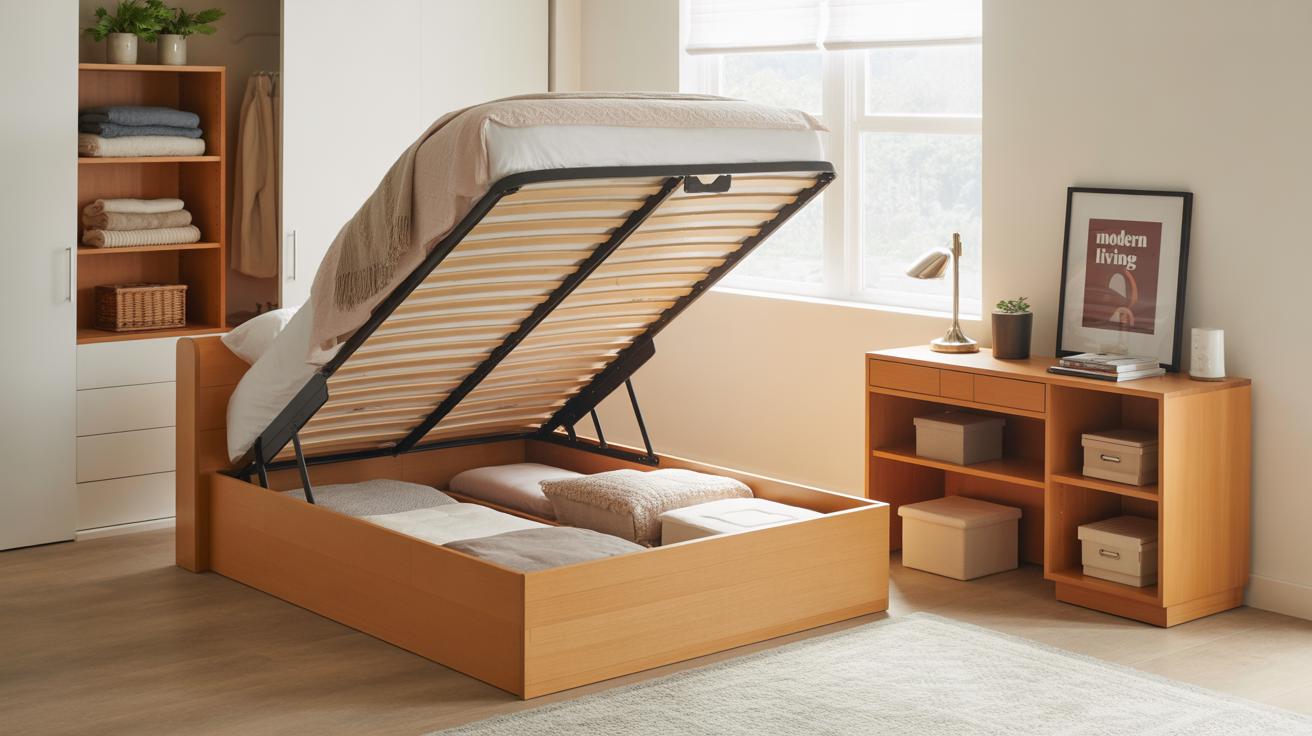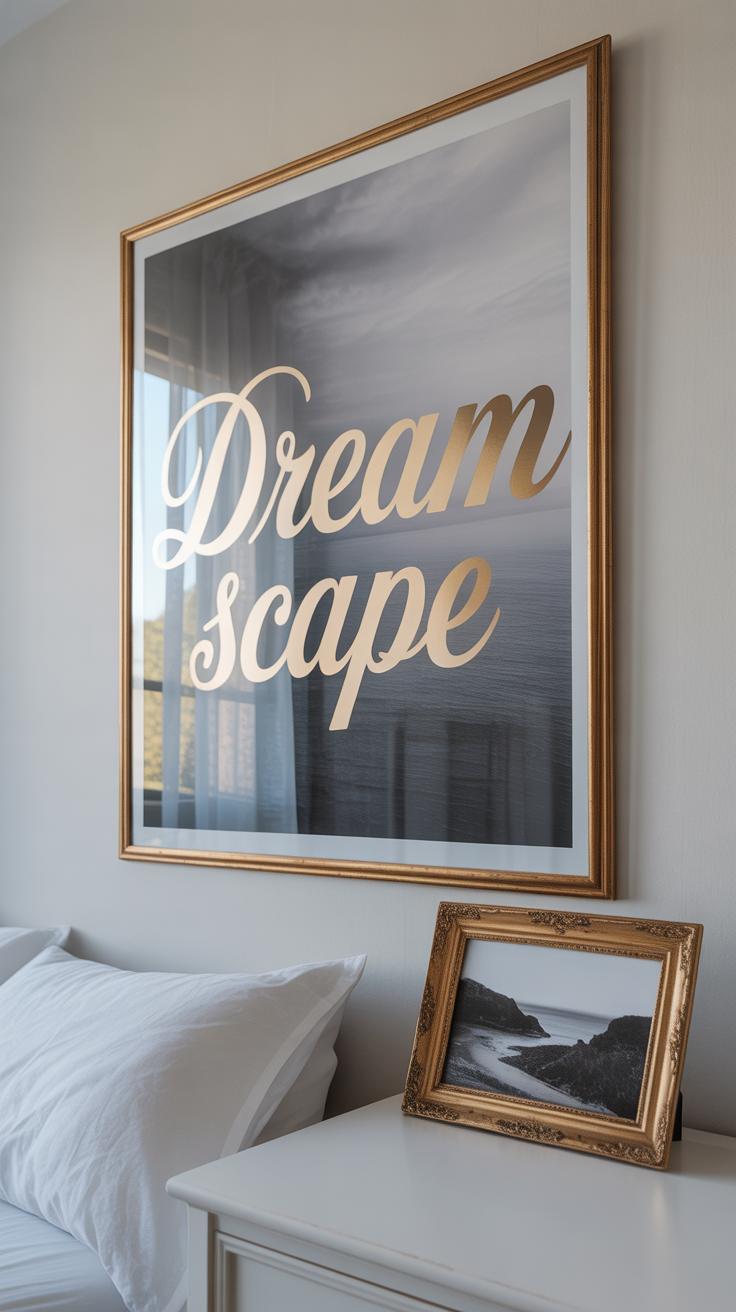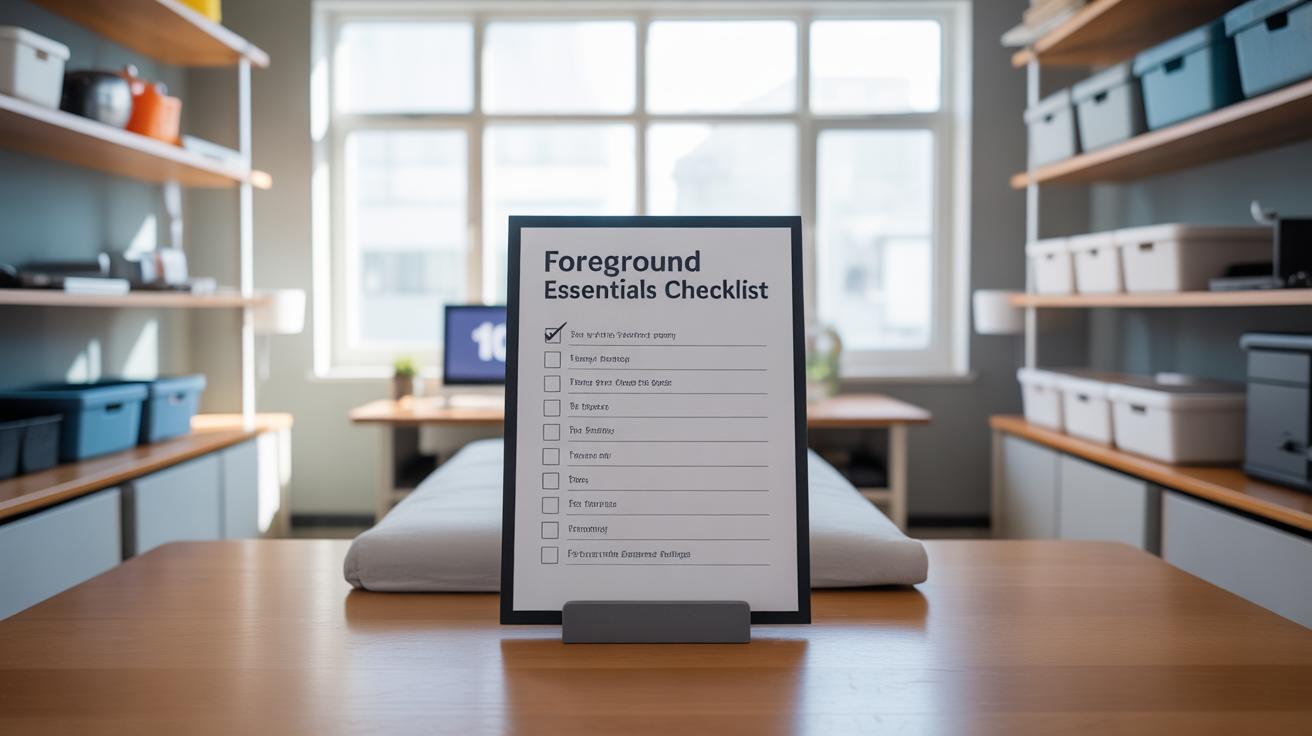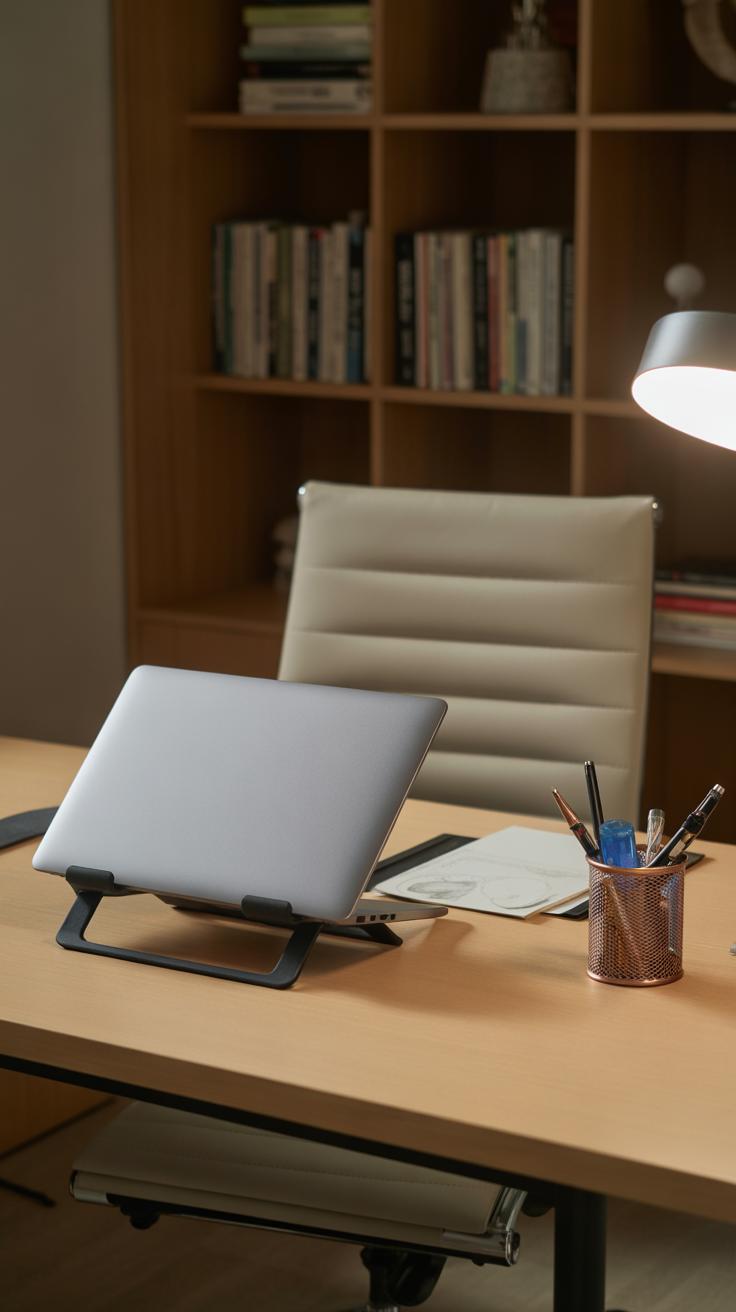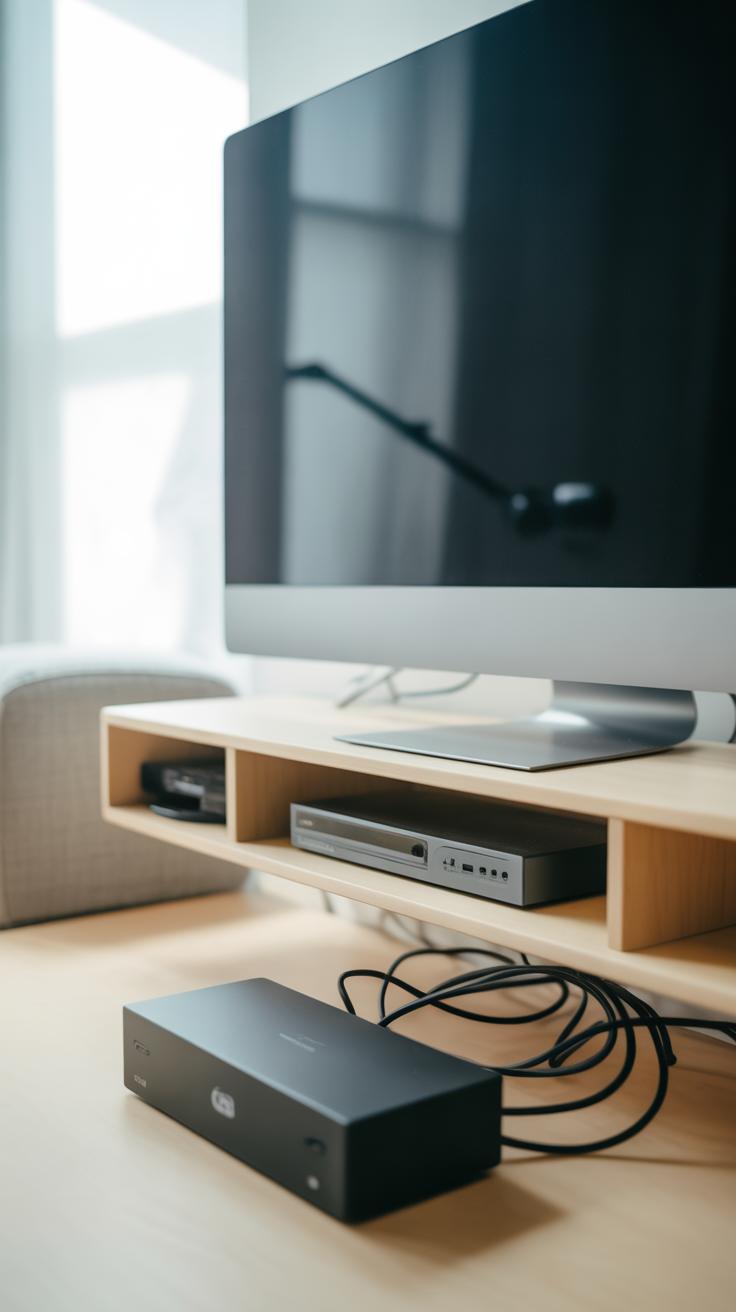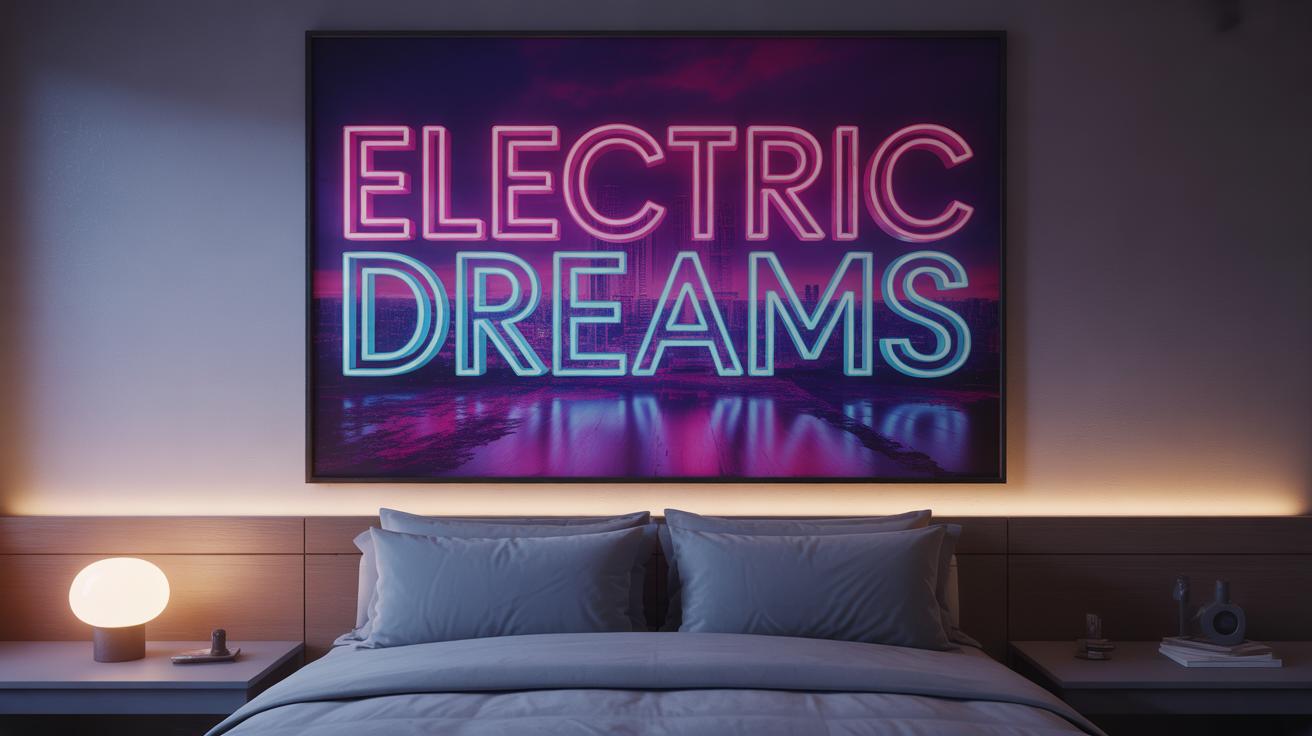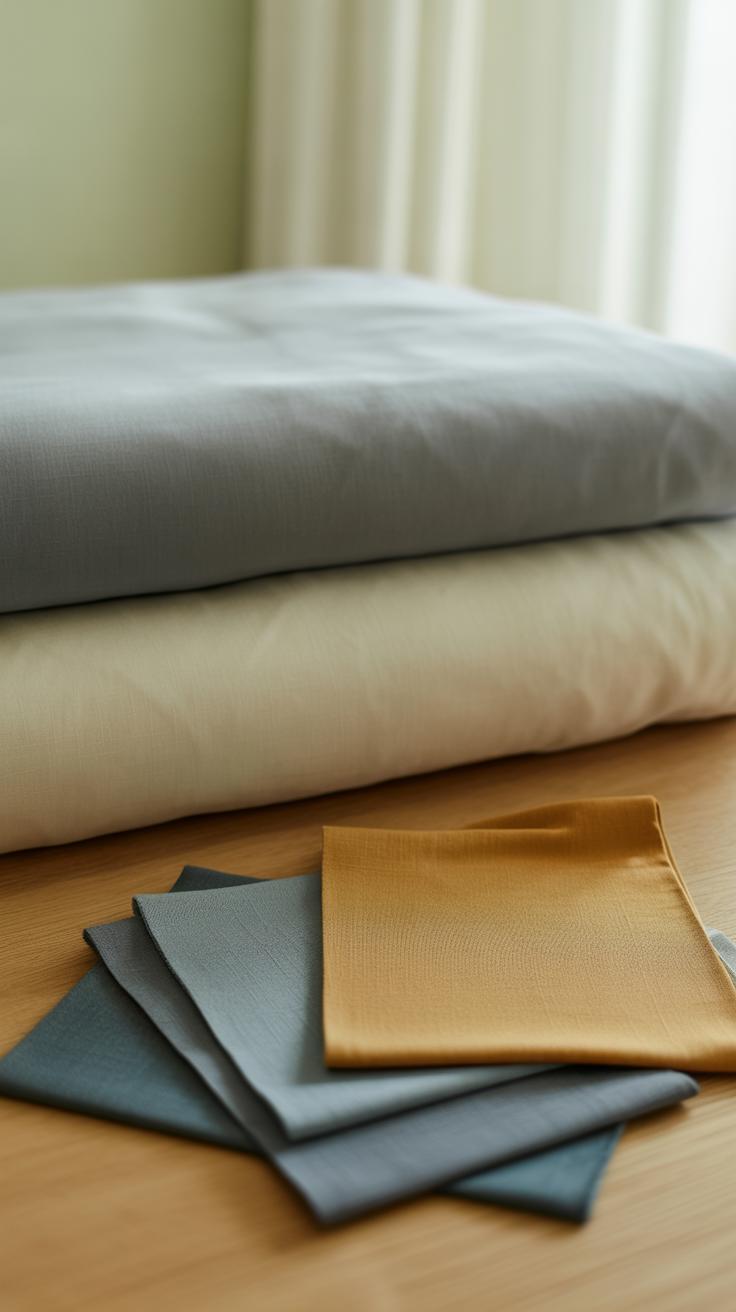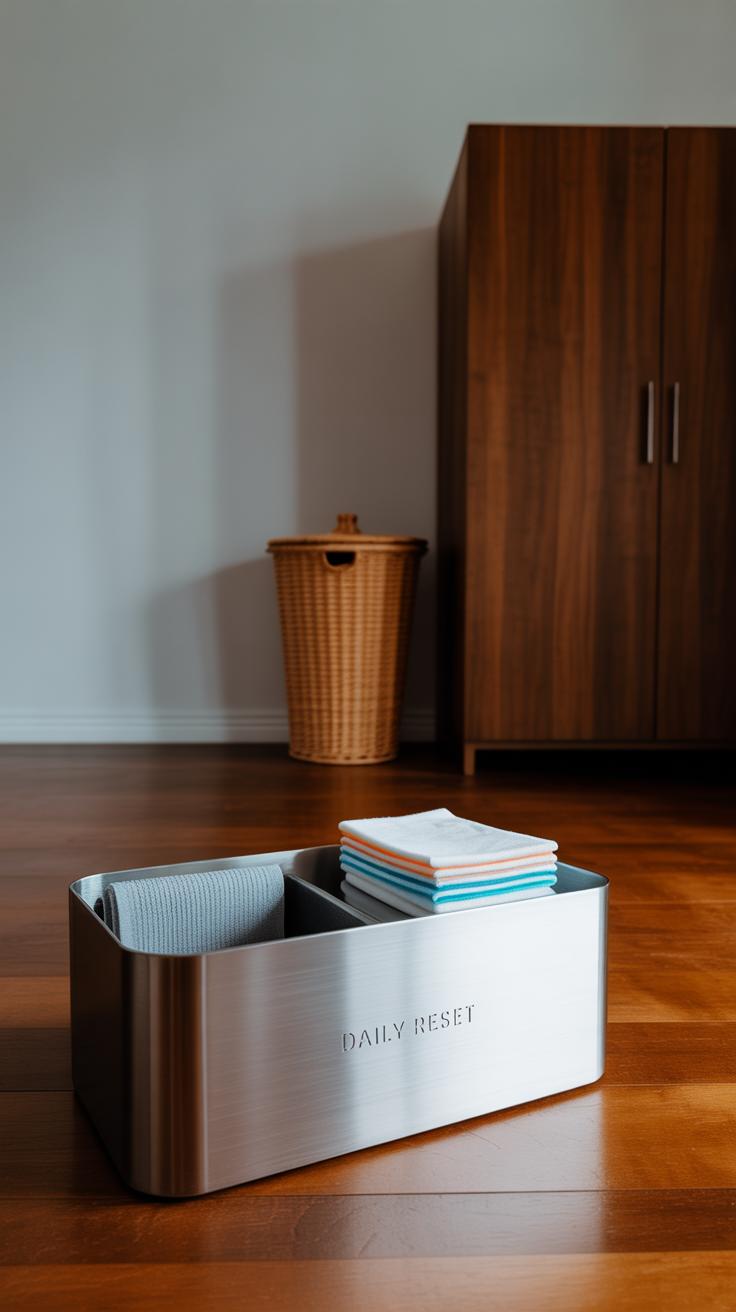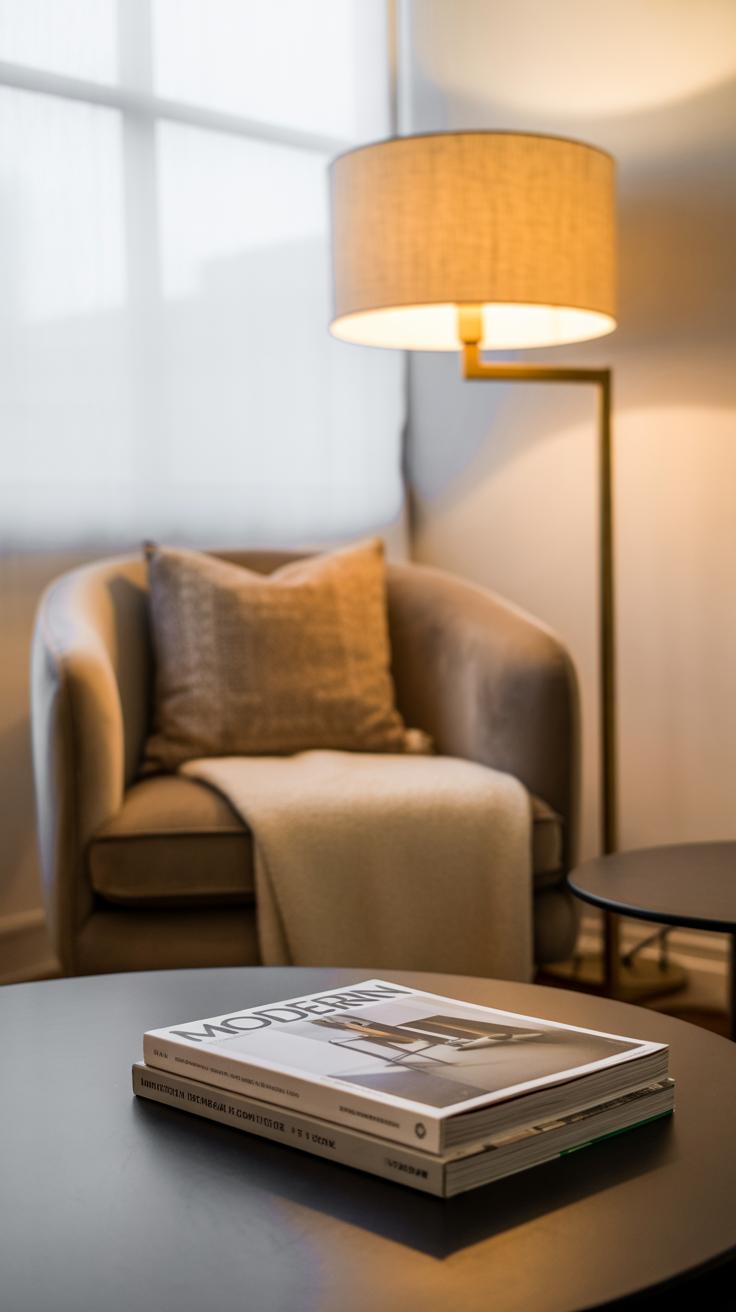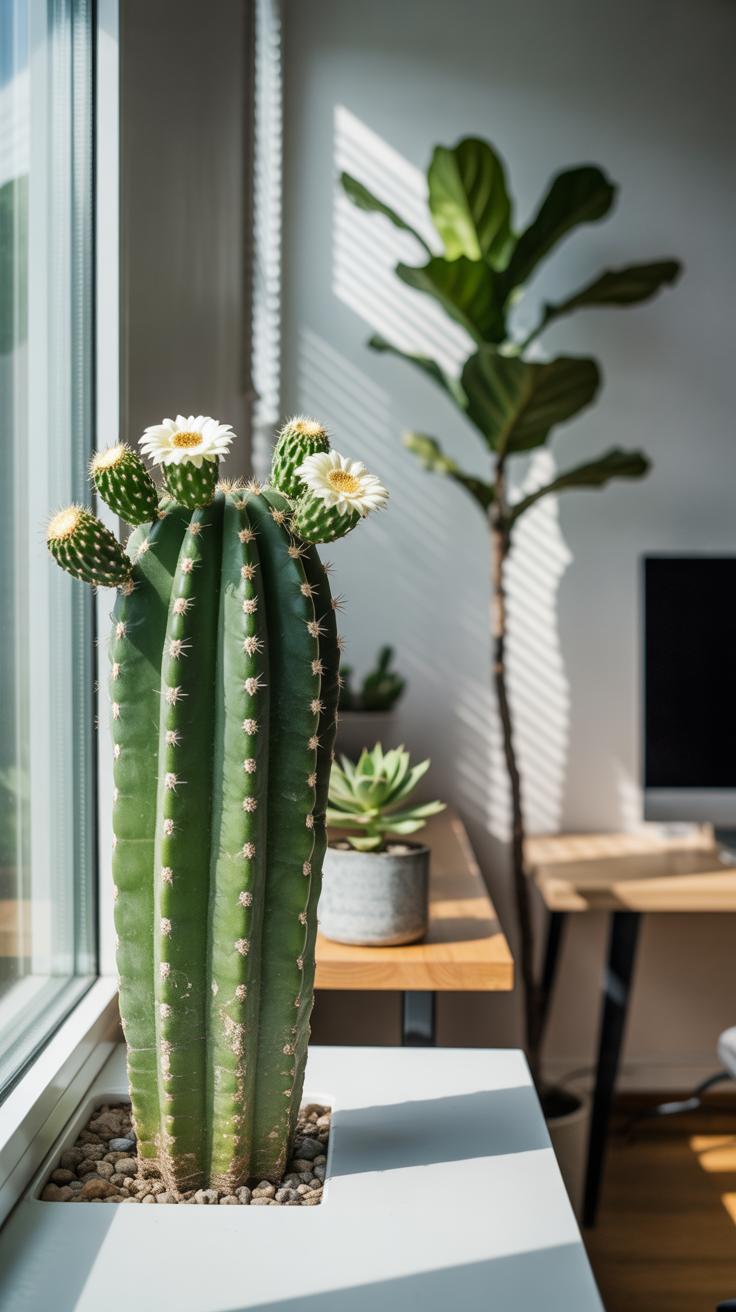Introduction
Moving into a dorm room can be exciting and a bit challenging, especially when you want a space that’s both simple and stylish. Guys often look for dorm room ideas that go beyond the basics and make their rooms feel more like home while keeping the setup easy to manage. Making your dorm room reflect your style doesn’t mean cluttering it up; instead, it means choosing smart designs and decorations that work for everyday college life.
This article shares practical tips and creative ideas for guys who want a dorm that is neat, cozy, and cool. You’ll learn how to organize your stuff, decorate without stress, and create a space where you can relax, study—and hang out with friends. Discover how to turn your dorm room into a simple and stylish spot that fits your needs and tastes.
Choosing The Right Bedding And Furniture
Comfort in a dorm room often hinges on two main things: your bedding and your furniture. It’s not just about having a bed or a desk—it’s about how well they fit your lifestyle and the limited space you have. For example, a twin XL bed is usually the go-to size in dorms. It’s small but comfortable enough, and you might find a lofted version that frees up floor space underneath for a desk or storage.
When picking a desk, something compact yet sturdy is ideal. You could go for a simple writing desk or one with built-in shelves, but avoid anything bulky. Chairs that can tuck away or fold when not in use help avoid feeling cramped. If you spend hours studying, a chair with decent back support matters—a seat that looks cool but leaves your back aching won’t be worth it.
Choosing furniture means balancing comfort and practicality. It’s tempting to load up on style, but if your chair’s hard or your bed’s too small, you’ll feel it. I remember trying to focus on a cramped dorm desk once—definitely a frustrating setup. So, planning around comfort while keeping your style is key.
Picking Comfortable Bedding That Matches Your Style
Bedding can say a lot about you, and it also makes your room feel more like yours. Colors and patterns can be bold or muted, but picking something you don’t quickly tire of is smart. For instance, dark tones or simple geometric prints often hide stains better and keep a clean look longer—though lighter colors can make a room feel bigger and brighter.
Materials matter too. Cotton feels breathable and soft; microfiber’s easy to clean. You might want flannel for colder months or a cooler linen blend in warmer ones. The key is finding what’s easy to maintain but still feels inviting. After a long day, slipping into comfortable sheets somehow makes the whole room feel more like home.
Styling your bedding with a couple of pillows or a throw can add personality without crowding your space. But, it’s okay if you’re simpler—sometimes the clean lines of plain bedding give a cool, minimalist vibe that suits many guys just fine.
Furniture That Saves Space And Looks Good
Space in dorms is tight; furniture needs to do more than just look good. Loft beds are a classic choice—they raise your bed up, carving out room underneath that can fit a desk, storage, or even a chill spot. This can make the room feel less crowded, though it might not suit everyone’s taste or safety concerns.
Foldable desks and chairs offer flexibility, especially if you don’t study in your room all the time. They can vanish when not needed, freeing up room for hanging out or workouts. Some desks even double as nightstands, which feels handy but might get cluttered faster if you’re not careful.
When picking these pieces, think about what you actually use daily. Does the foldable chair feel comfortable long-term? Will the loft bed interfere with lighting or accessibility? Sometimes, you have to trade a bit of style for function, and that’s perfectly okay to keep the space livable.
Organizing With Storage Solutions
Keeping a dorm room tidy can feel like a constant challenge, especially when space is tight. But smart storage helps you stay on top of your stuff—and believe me, it makes a big difference. One trick is to focus on under-bed storage. Think shallow bins or rolling drawers that slide right under your mattress. These keep things like extra clothes or shoes out of sight but within reach when you need them.
Shelves and closet organizers also pull their weight. Floating shelves work well because they don’t eat up floor space, and adding hooks inside your closet can hold bags or hats you might otherwise just toss around. Multi-purpose furniture is another way to go. A desk with built-in drawers or a bed frame with storage cubbies can handle clutter without yelling “sleeping area” or “study zone.”
With some trial and error, you find what suits your habits. Are you someone who tends to stack things quickly, or do you like neat rows? Either way, having defined places for your gear keeps stress low. Plus, it’s easier to find a jacket or that charger you always lose. So, do you think your dorm could benefit from ditching open surfaces in favor of these solutions?
Using Vertical Space For Storage
When the floor gets crowded, your eyes should look up. Vertical space can save you, if you’re willing to think beyond the obvious. Wall shelves are a classic move, but don’t forget hooks and tall storage units. These pull double duty—offering storage without making your room feel squished. Tall shelves can stack books, gadgets, or even a plant if you want a touch of green. Sometimes, you might hesitate to fill walls, worried about feeling boxed in. Yet, the right placement lifts a room rather than restricting it.
Hooks, too, aren’t just for coats. Hang up headphones, belts, or backpacks to clear desk surfaces. You might even line the back of your door with an over-the-door rack for shoes or smaller items. The goal here isn’t just packing everything in vertically but choosing spots that suit daily use patterns.
It might take some fiddling with arrangements until it clicks. Are you the type to grab things off a wall quickly, or do you need everything within arm’s length on your desk? Depending on that, vertical storage can make your space feel bigger or smaller. Oddly, sometimes less is more when it comes to wall clutter, but having a couple of smart shelves might save hours of searching—or frustration.
Under-bed Storage Ideas
It’s surprising how much room lurks under your bed, just waiting to be used. Storage bins fit neatly under there and are perfect for seasonal clothes, shoes, or sports gear. Rolling containers are another idea that’s hard to beat—you can pull one out without lifting anything heavy or awkward.
Drawers designed for under-bed use work well if you want to keep things tidy and avoid a jumble. Some of these have dividers, which can be a game-changer if you hate digging for small items. But of course, the gap beneath your bed has to be tall enough. If you’re stuck with a low frame, maybe flip to slimmer storage boxes or vacuum bags that flatten.
I once underestimated how handy under-bed boxes would be until I had one where all my cables and chargers lived. No more frantic late-night searches before a Zoom call. It made a small but noticeable difference in my daily routine. Would something like that help you get less overwhelmed?
Lighting Choices That Set The Mood
Lighting can make or break the feel of your dorm room. It’s more than just flipping a switch. The right light sources can help you focus, relax, or just hang out comfortably. Think about what you actually do in your space.
Desk lamps are staples. You want something with clear, bright light for late-night studying but without harsh glare that tires your eyes. LED desk lamps with adjustable brightness and color temperature tend to work well. They give you control depending on whether you’re reading notes or just scrolling through your phone.
Then, there’s string lights—simple but effective. They don’t provide much light for tasks but add a cozy vibe, breaking up the sterility of dorm fluorescents. Hanging them around your bed or desk can soften the room—a subtle reminder that this is your space.
Floor lamps come in handy if you have the room. They can spread light evenly, filling dark corners. Choose one with a dimmer switch if possible—it lets you tweak the mood without fussing with bulbs. You might find that balancing bright and soft lighting throughout the day changes how you feel. Oddly enough, the right lighting arrangement can make a tiny dorm space feel less cramped.
Bright Lighting For Studying
When you’re hitting the books, the goal is solid, steady light that prevents eye strain. Cool white light bulbs—think around 4000–5000 Kelvin—mimic daylight and help keep you alert. A desk lamp with an adjustable arm can target where you need light most.
Consider LED bulbs again; they last long and save power, important if you spend hours on schoolwork. If your dorm room has dim overhead lighting, adding a direct source like a clamp desk lamp might be exactly what you need. Ever tried reading under poor lighting? It’s more tiring than you expect.
Besides brightness, the angle matters too. Position the lamp to avoid shadows from your hand or laptop, which can get distracting fast. Maybe test a couple setups to find what clicks.
Soft Lighting For Relaxing
After a long day, you want your space to welcome you—not buzz with cold, white light. Warm, soft lighting is key here. Bulbs rated 2700 Kelvin or lower cast a gentle yellowish glow that soothes the eyes and slows the mind.
Humble string lights can help, sure. But a bedside lamp with a soft shade or a smart bulb where you can adjust light color and intensity could make evenings feel less like a hospital room. Some people swear by salt lamps, saying the dim orange makes the whole room feel calmer.
Also, think about having multiple light sources you can switch on and off independently. Having options lets you piece together the mood you want—maybe softer when hanging with friends, brighter if you’re just relaxing solo. Sometimes less light really is more.
Adding Personal Touches With Wall Art
Walls in a dorm room can feel bare and uninspiring. But, you really don’t need to spend a lot to make them your own. Posters, photos, or even removable decals can quickly add character. Tape up an old concert poster, print out favorite photos with friends, or use vinyl decals that peel off easily—these options won’t damage the walls but still personalize the space.
Choosing the right pieces can be a bit tricky. Think about what truly reflects you. Do you enjoy sports, music, or maybe a specific movie? Pick art that connects to those interests. Colors matter too—even subtle tones can bring warmth or a cool vibe you like. I once mixed a few black-and-white photos with colorful prints, and despite the mix, it somehow worked because it was totally my style.
If you want to go a step further, try a gallery wall. Use frames you already have or inexpensive clip frames to cluster art or photos. Arrange them on the floor first to find a flow without hammering nails into walls. Then, use removable adhesive strips for a clean setup that feels cohesive. It’s a neat way to show off multiple pieces without turning the room into a random patchwork.
Keeping Your Study Area Focused And Efficient
Designing your study spot in a small dorm can feel tricky. You want space to work, but there’s barely room to breathe. Starting with your desk layout, try to keep a few key things within reach: a good lamp to avoid eye strain, a notebook or planner for tracking tasks, and some kind of storage—maybe a small set of drawers or a desk organizer. But don’t cram too much in. It’s easy to pile up stuff; trust me, I’ve been there. When your desk becomes a jumble of things, your mind tends to scatter too.
Keeping cables untangled and out of sight makes a big difference. Maybe run wires behind your desk or use clips to keep them off the surface. When you’re done studying, put gadgets like your phone or tablet out of the way—to limit distractions. A clutter-free surface encourages you to focus, but oddly, some people work better with a little bit of “organized mess.” So gauge what helps you concentrate.
Choosing tools that really help, not just look cool, is key. For instance, a reliable lamp with adjustable brightness beats a flashy one. Same with notebooks—pick whatever format you prefer, digital or paper. And don’t underestimate the power of a simple timer or an app that blocks distracting sites. Have you tried those? Some days they help, some days not so much. But if you want your study area to feel like your own, it needs to suit how you actually work, not just how it looks on Instagram.
Incorporating Tech Without Mess
Tech is a big part of dorm life. But all those cords and gadgets can quickly make your space feel chaotic, which nobody wants. Setting up a charging station is a simple way to keep things under control. You can use a small stand or box with multiple outlets in one spot — this keeps chargers from scattering across your desk or bed. Trust me, having a dedicated place for your phone, headphones, and laptop cords cuts down so much time spent untangling.
When it comes to managing cables, a few tricks go a long way. Velcro straps, binder clips, or even twist ties can bundle excess cord length neatly behind your desk or nightstand. Labeling chargers with colored tape might seem extra but it makes a difference when you’re grabbing the right one without pulling out a mess. I once spent a minute just finding my laptop charger amid a jumble—don’t let that happen to you.
Choosing tech that’s both compact and multi-purpose helps too. Think wireless earbuds instead of bulky headphones, or a combined speaker and alarm clock instead of separate devices. Some chargers now include multiple USB ports, so you don’t need a dozen adapters. It’s not about having the latest gadgets, but picking ones that free up counter space and reduce clutter in practical ways.
Using Colors To Enhance Your Space
Colors can change how you feel in a room—and they also affect how big or small the room looks. When picking a color scheme for your dorm, think beyond just what looks cool. Certain shades can make your space feel calm and inviting, or maybe even a bit claustrophobic if you’re not careful.
Choosing the right colors helps create a vibe that suits you. For dorm rooms, where space is tight and distractions are many, colors that soothe might work better than something too bold or busy. But then again, some guys find energy in warmer hues that help them feel at home. So, what do you prefer—space that feels open or a place that feels cozy?
Cool Colors That Open Up The Room
Blues, greens, and light shades—think pale sky blue or gentle sage—do something interesting. These cool tones tend to make the room feel larger and fresher, almost like the walls are expanding a bit. If your dorm feels cramped, these colors might relieve some of that pressure.
- Light blues can bring calm, helping if you’re prone to stress or late-night studying.
- Greens remind the brain of nature, which can be surprisingly relaxing when you’re stuck indoors.
- Soft grays or whites with a hint of blue don’t just look modern but also reflect light, brightening up the space.
It’s not about painting everything blue or green, though. A splash here or an accent wall there can do the trick, especially in a dorm setting where you might not have free rein to repaint.
Warm Colors For A Cozy Feel
On the flip side, reds, oranges, and browns bring warmth. They make a space feel snug, like it’s a retreat rather than just a place to crash. Sometimes, that’s what you want after a long day of classes and noise.
- A deep rust or burnt orange on cushions or blankets can soften the feel of sterile dorm furniture.
- Browns, especially in wooden accents or rugs, add depth and grounding to the room.
- Small pops of red might spark a bit of energy without overwhelming the senses.
Warm colors are great if you like your room to feel lived-in. Yet, they can make the space seem a bit smaller or more closed off, which might not be ideal if your dorm is tiny. Still, is it better to have a room that feels small but comfortable, or bigger but maybe a little cold? That’s something to figure out. Your space, after all.
Keeping Your Dorm Room Clean Everyday
Keeping your dorm room clean might feel like a never-ending task, especially with classes and social life pulling you every which way. But small daily habits make a surprising difference. For instance, take just five minutes each morning to put away clothes or clear your desk. It doesn’t have to be perfect, just enough to prevent clutter from piling up.
Quick tricks help when time is tight. Wiping down surfaces with a microfiber cloth takes seconds and stops dust build-up. A handheld vacuum or even a lint roller can clean up crumbs or dirt fast—no heavy equipment needed. And honestly, throwing trash out as soon as you spot it keeps things from feeling overwhelming.
One thing I tried was setting a simple schedule with small chores spaced across the week: Monday for laundry, Wednesday for vacuuming, Friday for wiping down surfaces. This way, you don’t spend a whole weekend scrubbing once the mess gets out of hand. It slices the workload into manageable bits. It might feel unnecessary at first, but I noticed my room stayed neater and stress dropped.
Have you ever wondered if it’s better to clean a little every day or save up for one big cleaning session? Chances are, the daily method wins if you want a space that feels inviting and not like a disaster zone.
Creating A Comfortable Lounge Area
Making a small corner in your dorm room where you can kick back or hang out with friends can really change how you feel about the space. It doesn’t have to be anything fancy — just something that feels a bit separate from where you sleep or study. Think about how you usually unwind. Do you like to read, watch videos, or just chat? That can guide your setup.
Choosing Seating That Saves Space
Space is tight, so pick seating that fits without crowding the room. Foldable chairs work well—you can stash them away when not in use, freeing up floor space. Bean bags offer casual comfort and are easy to move around, though they might not be great if your back needs support. Floor cushions stack nicely and can double as extra beds for guests. I’ve seen small stools with hidden storage, which kill two birds with one stone—seating plus places to hide clutter.
Adding Small Decor For A Chill Vibe
Decorating this area doesn’t require much. A small rug can anchor the space and soften the floor’s look. Throw pillows make hard seating feel inviting and add a shot of color or texture. Posters or framed prints of bands, movies, or art you like make it feel personalized without fuss. You might feel tempted to go overboard here, but it’s better to keep things simple so the spot doesn’t feel cluttered. Sometimes just one or two pieces create that laid-back vibe you’re after.
Bringing Nature Indoors With Plants
Adding plants to your dorm room isn’t just about making things look a little nicer. There’s something about having living greenery around that seems to change the atmosphere in subtle ways. For one, plants can help improve air quality, which sounds a bit fancy, but it really just means the air feels fresher. That alone might help you feel less sluggish when you’re studying late or just need a break.
There’s also something about plants that can boost your mood. Maybe it’s the routine of caring for them or just the green color, but I’ve noticed my own stress levels dip when I’ve had a few plants around. It’s a quiet reminder you’re responsible for something outside of classes and deadlines.
Choosing Low-Maintenance Plants
Most dorm rooms don’t come with a lot of natural light or the chance to spend time watering things daily. So pick plants that can take some neglect—succulents and snake plants are probably the easiest bets. Succulents store water, so missing a watering here and there doesn’t upset them much. Snake plants are even tougher; you can put them in a corner and forget about them for days, and they still look good.
Other options you might consider:
- ZZ plants – they thrive in low light and only need watering every couple of weeks.
- Spider plants – resilient and can survive in indirect light.
- Peace lilies – they’re a bit more needy but add a nice touch without much fuss.
Creative Ways To Display Plants
Space is always tight in dorms, so putting a plant on a cluttered desk isn’t always ideal. Think about using vertical space instead—hanging planters are great for that. They keep surfaces clear and add a cool vibe overhead. Shelves too can double as spots for tiny pots, letting you line up a collection of succulents or small leafy plants without crowding you.
Small pots on windowsills are a classic but effective choice—just make sure they’re not getting scorched by direct sun or left in darkness. If you get creative, a floating shelf or even a macrame hanger can add personality and function. You might find yourself rearranging these spots more often than you expect, which, oddly enough, can be a nice break from all the usual dorm chaos.
Conclusions
Creating a dorm room that suits your style is about picking what works best for you and your space. By using smart storage solutions and adding personal touches, you make your dorm room more than just a place to sleep. It becomes your space to recharge and focus on your goals. Keeping things simple helps you stay organized and stress-free, which is key for a good college experience.
Remember, style is personal, and your dorm room should show who you are. Use the ideas shared here to build a room that’s practical and has your own cool vibe, making your dorm feel like a true home base during your college years. Small changes can make a big difference in how you feel about your space every day.

